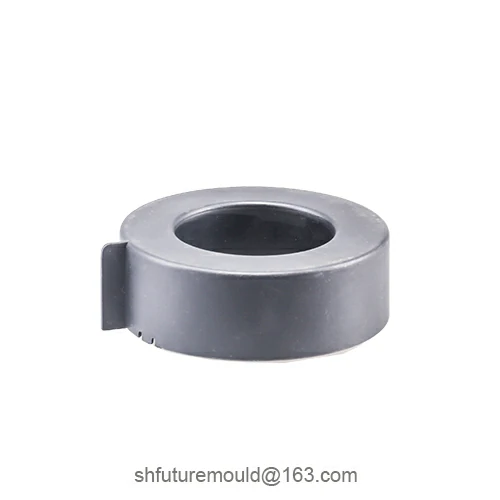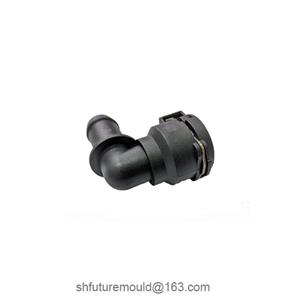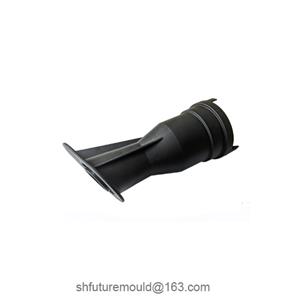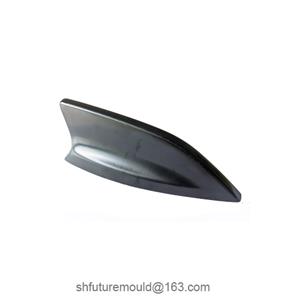Plastic Gear Mold Manufacturing
The core of plastic gear mold manufacturing lies in achieving high precision, high wear resistance, and ease of maintenance. This requires leveraging insert-based and modular design principles during the design phase, combined with precision machining (CNC + EDM), appropriate heat treatment, and optimized cooling layouts to ensure tooth profile accuracy and molding stability.
I. Mold Design Phase
1. Gear Cavity Design
Model tooth profiles in CAD/CAM precisely based on gear standards (module, pressure angle, tooth width, addendum coefficient, etc.).
Compensate for plastic shrinkage (typically 1.0–2.5%, depending on the material) by oversizing the cavity dimensions.
2. Inserts and Parting Line
Tooth profiles are often challenging to machine directly on large mold cores/cavities. Instead, use dedicated gear cavity inserts (or rack-shaped cores) to enhance machining accuracy and simplify future repairs or replacements.
Position the parting line away from tooth profiles or integrate angle lifters/side sliders to enable lateral demolding.
3. Gating System and Gates
2.Use pin or submarine gates, placed at the gear center or non-meshing surfaces, to minimize flash and ensure balanced filling.
Gate locations must allow easy trimming without compromising tooth profile quality.
4. Cooling System
Design cooling channels close to the tooth profile inserts to minimize temperature differences between tooth tips and roots, preventing warpage.
Implement closed-loop water channels within inserts or use copper alloy pin-type inserts for localized cooling enhancement.
5. Ejection System
For flat gears, use ejector pins or stripper plates for uniform ejection.
For gears with inner holes, employ hollow ejector pins or lift plate mechanisms to synchronize core and outer tooth demolding, avoiding deformation.
II. Mold Materials and Heat Treatment
1. Material Selection
Core/cavity: Common plastic mold steels like 738H, P20, and 718H.
High-wear tooth profile inserts: Opt for harder materials such as NAK80, NAK55, or nitrided 42CrMo.
2. Heat Treatment
Rough machine to near-net shape, then perform quenching or nitriding to achieve hardness of HRC 48–52 for extended mold life.
Finalize with semi-finishing and polishing to ensure tooth profile surface roughness ≤ Ra 0.2 μm.
III. Post-Processing and Maintenance
1. Routine Maintenance
Worn tooth profile inserts can be replaced quickly without disassembling the entire mold.
Regularly inspect cooling systems for blockages, lubricate ejection components, and prevent rust or jamming.
2. Key Advantages of Insert-Based Design
Rapid repairs: Replace high-wear inserts without costly mold rework.
Adaptability: Modify tooth profiles or sizes by swapping inserts for different product iterations.
Precision retention: Hardened inserts maintain tooth geometry over prolonged use.




